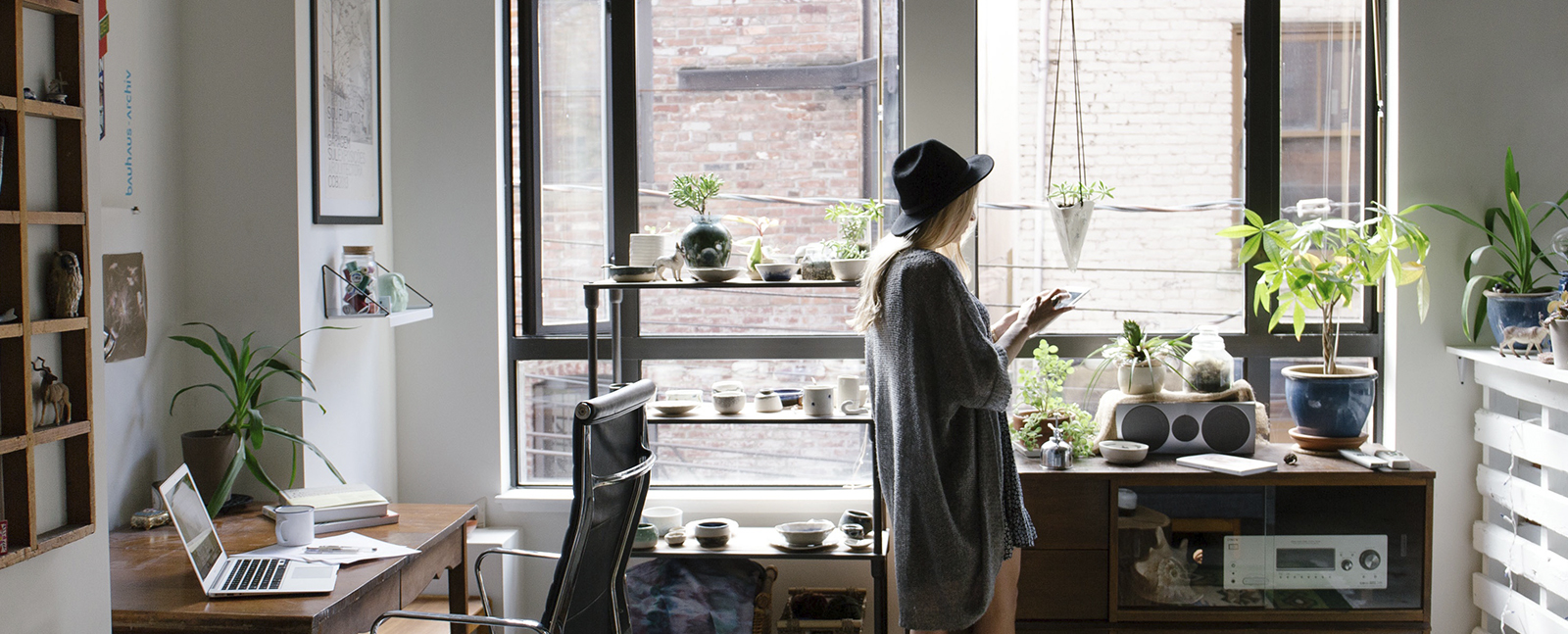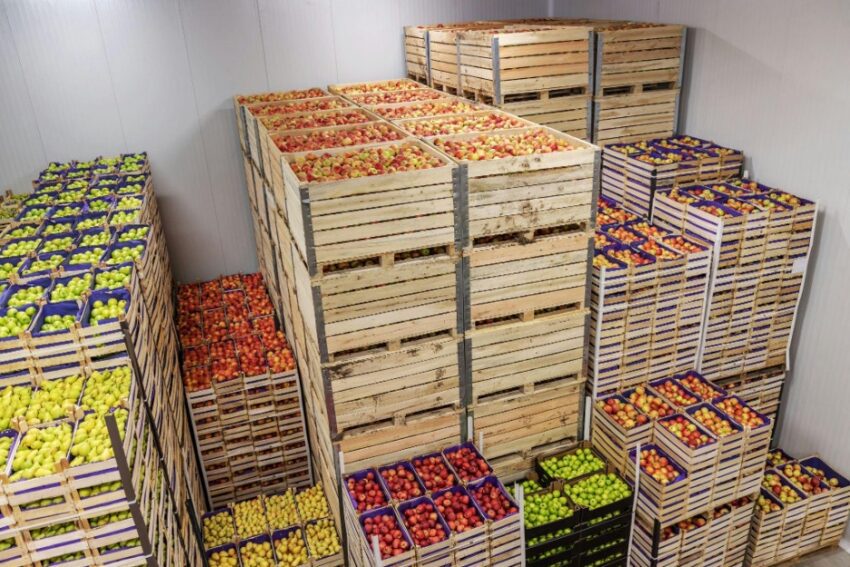- Choosing the right coolroom involves considering size, insulation, temperature control, and storage layout to match specific needs.
- Customization options like shelving, flooring, door types, and monitoring systems enhance functionality and efficiency.
- Investing in quality materials and energy-efficient features helps balance upfront costs with long-term savings.
- Proper installation and routine maintenance prevent breakdowns, reduce energy waste, and extend the lifespan of the system.
Choosing the right coolroom is more than just picking a size and temperature setting. Whether you need one for a restaurant, a warehouse, or even a home setup, getting a coolroom that genuinely fits your needs requires careful planning. The wrong choice can lead to wasted energy, inefficient storage, or even spoiled products—none you want to deal with.
Many choose a generic coolroom without considering insulation, airflow, or long-term maintenance. Others underestimate their storage requirements, leading to overcrowded shelves or temperature fluctuations. This blog will guide you through the key considerations when choosing a coolroom, ensuring you get a solution that works efficiently and meets your needs.
Understanding Your Coolroom Requirements
Before looking at coolroom options, defining precisely what you need is essential. A coolroom that works well for a restaurant may not be suitable for a pharmaceutical storage facility or a flower shop. Here are the key factors to consider:
Size and Storage Needs
Think about what you’ll be storing and how much space you need. It’s always better to go slightly bigger than you think rather than risk running out of room. Consider:
- The volume of products you’ll store daily or seasonally.
- Whether shelving or specific layouts are necessary.
- Potential future expansion needs.
Temperature and Insulation
Different products require different temperature settings. A standard coolroom may maintain temperatures between 0°C and 10°C, while a freezer room needs to go below freezing. Insulation plays a huge role in maintaining stable temperatures and reducing energy consumption. Key insulation factors include:
- Panel thickness (thicker panels provide better insulation).
- Door seals to prevent air leaks.
- Proper ventilation to prevent condensation buildup.
Modular vs. Custom-Built Coolrooms
- Modular Coolrooms: These are pre-designed and assembled on-site, offering a cost-effective and quick solution.
- Custom-Built Coolrooms: These are tailored to your needs, ensuring an optimal layout, temperature control, and storage capacity. They are ideal for businesses with unique storage requirements.
Understanding these factors helps you determine the best type of coolroom for your needs and ensures you make a well-informed decision.
Finding the Right Experts for the Job
A well-designed coolroom requires more than just the right equipment—it also requires proper planning and installation. Working with professionals can prevent costly mistakes and ensure long-term efficiency.
Why Experience Matters
Not all coolrooms are built the same, and a poorly designed one can lead to temperature fluctuations, energy inefficiencies, and even product spoilage. Partnering with custom built coolroom specialists ensures that every aspect of your setup—from the insulation to the airflow system—is tailored to your requirements.
How Experts Can Help
- Assessing your storage and temperature needs accurately.
- Recommending the best materials for insulation and durability.
- Designing a layout that optimizes airflow and accessibility.
The Value of a Tailored Solution
A custom-built approach means your coolroom is not just another generic setup—it’s designed specifically for your space, workflow, and industry requirements. Whether you need a compact unit for a café or a large-scale solution for a commercial facility, working with specialists guarantees a reliable and efficient system.
Customization Options to Consider
Once you’ve determined the size and type of coolroom you need, the next step is customizing it to maximize efficiency and usability. A well-designed coolroom isn’t just about keeping products cold—it should also make daily operations smoother, whether running a restaurant, a grocery store, or a pharmaceutical storage facility.
Shelving and Storage Layout
Your coolroom’s layout should make it easy to access and organize products. Consider:
- Adjustable shelving: Allows flexibility for different product sizes.
- Heavy-duty racks: Ideal for commercial kitchens or warehouses storing large quantities.
- Open floor space: Important if you need to move large items in and out frequently.
Proper shelving also helps with air circulation, ensuring that all items stay at a consistent temperature.
Flooring Options
The right flooring can prevent accidents and improve hygiene. Some key flooring choices include:
- Slip-resistant surfaces: Essential for safety in high-traffic areas.
- Seamless vinyl or epoxy floors: Easy to clean and resistant to bacteria buildup.
- Insulated flooring: Helps maintain stable temperatures, reducing energy use.
Door Types and Accessibility
Coolroom doors need to be well-sealed to prevent cold air from escaping, but they also need to be functional for daily use. Options include:
- Hinged doors: Best for smaller coolrooms or spaces with limited movement.
- Sliding doors: Ideal for larger coolrooms with frequent access.
- Automatic doors: Great for high-traffic areas where hands-free access is needed.
Temperature Control Features
Advanced temperature control ensures your coolroom runs efficiently while keeping your products fresh. Some features to consider:
- Digital thermostats: Allow precise temperature adjustments.
- Alarm systems: Notify you of sudden temperature changes or power failures.
- Remote monitoring: This lets you track temperature levels from a mobile device.
By customizing your coolroom with these features, you improve functionality and enhance energy efficiency and longevity.
Budgeting and Long-Term Cost Considerations
Investing in a coolroom is a significant financial decision, so it’s crucial to understand the upfront and long—term costs involved. While it might be tempting to choose the cheapest option, cutting corners can lead to higher operational costs later.
Upfront Costs vs. Long-Term Savings
The initial price of a coolroom depends on factors such as size, materials, and custom features. However, opting for high-quality insulation, energy-efficient compressors, and durable construction can save you money in the long run by reducing power consumption and maintenance costs.
Energy Efficiency and Running Costs
A well-insulated and properly sealed coolroom will significantly lower electricity bills. To keep costs under control:
- Choose energy-efficient cooling units with high-performance compressors.
- Ensure airtight seals and proper insulation to minimize cold air loss.
- Use LED lighting instead of traditional bulbs to reduce heat inside the coolroom.
Balancing Budget with Features
If you’re working with a tight budget, focus on the must-have features first and consider upgrading later. Key investments should include:
- High-quality insulation to prevent temperature fluctuations.
- A reliable cooling system with strong warranties.
- Smart temperature controls for long-term efficiency.
By planning your budget wisely, you can avoid unnecessary expenses and ensure that your coolroom remains cost-effective and efficient for years.
Installation and Maintenance Tips
Once you’ve chosen the right coolroom, proper installation and regular maintenance are essential to ensure its efficiency for years. A well-maintained system keeps products at the right temperature and reduces the risk of breakdowns and costly repairs.
What to Expect During Installation
The installation process varies depending on whether you choose a modular or custom-built coolroom. Some key steps include:
- Site preparation: Ensuring the location has proper ventilation, power supply, and flooring.
- Panel assembly and insulation setup: To create an airtight, temperature-controlled space.
- Refrigeration unit installation: Selecting the right cooling system based on your storage needs.
Hiring experienced professionals ensures the installation is done correctly, preventing future issues like condensation buildup or temperature fluctuations.
Regular Maintenance Practices
Routine maintenance is essential for keeping your coolroom operating at peak performance. Simple steps can extend its lifespan and prevent costly repairs:
- Clean door seals and check for air leaks to prevent cold air from escaping.
- Inspect fans and vents to ensure proper airflow and prevent ice buildup.
- Monitor temperature settings regularly to catch fluctuations before they become a more significant issue.
- Schedule professional servicing to check refrigerant levels and overall system performance.
Common Issues and How to Address Them
Even a well-maintained coolroom can occasionally have problems. Identifying and addressing these issues early can save you time and money.
- Excessive frost buildup → Check for faulty door seals or poor ventilation.
- Fluctuating temperatures → Ensure the thermostat is calibrated and the cooling unit functions correctly.
- Unusual noises from the cooling system → This could indicate a mechanical issue that needs professional attention.
By keeping up with maintenance and troubleshooting minor issues before they escalate, you can extend the lifespan of your coolroom and maintain its efficiency.
Conclusion
Choosing the right coolroom requires careful planning, from determining your specific storage needs to selecting the right features and ensuring proper installation. A well-designed coolroom keeps products at the right temperature, improves efficiency, and reduces long-term costs.
By working with experienced professionals and customizing your coolroom with the proper shelving, flooring, and temperature controls, you can create a solution that perfectly fits your space and business needs. Regular maintenance and proactive troubleshooting will ensure your investment remains reliable and cost-effective.
Taking the time to plan properly now will save you from headaches later, ensuring your coolroom meets your needs today and in the future.


